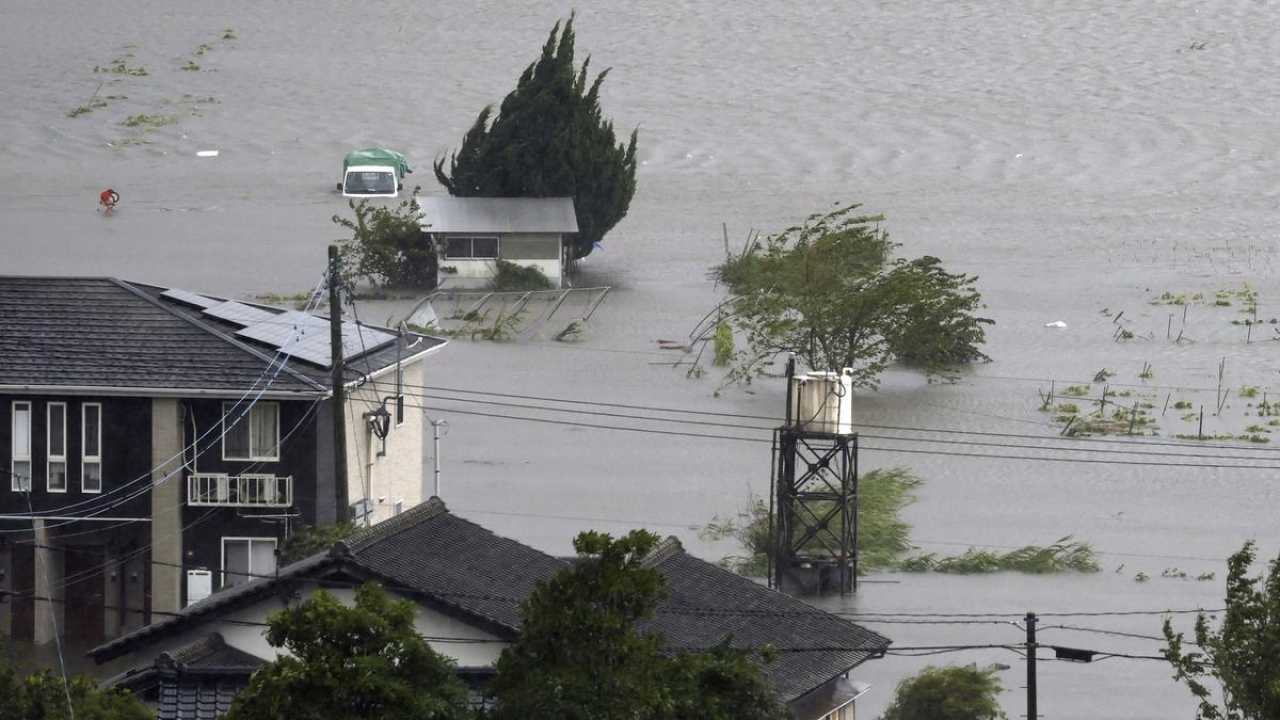World
Typhoon Shanshan Strikes Southern Japan, Causing Widespread Destruction

Typhoon Shanshan made landfall in southern Japan on Thursday, impacting nearly four million residents across Kyushu island with strong winds, torrential rainfall, and significant storm surges. The Japan Meteorological Agency has issued emergency warnings, highlighting the potential for devastating flooding and landslides.
Authorities have urged evacuation for approximately 57,000 individuals in Oita prefecture, emphasizing the imminent risk to life. With over three million residents impacted, a Level 4 evacuation advisory is currently in place for all of Kyushu, reflecting the urgency of the situation.
So far, the typhoon has caused extensive power outages, affecting over 255,150 households in the region. Emergency services report at least one individual missing and dozens injured as a result of the storm’s destructive path. Earlier events attributed to Typhoon Shanshan have resulted in three fatalities due to a landslide caused by severe wind and rain.
The storm’s intensity has been notable, with peak winds reaching up to 185 kilometers per hour (115 mph). As the typhoon matures into a slower-moving system, it continues to drop excessive rainfall across the affected regions. Some areas are projected to experience rainfall totals exceeding one meter (40 inches), particularly in mountainous regions.
Numerous flights have been canceled, and train services have been suspended as a preventative measure against the approaching storm. Major automotive companies, including Toyota and Nissan, have also halted operations in certain factories due to the anticipated impact of Typhoon Shanshan.
Despite the weakening of the storm, meteorological officials caution that the effects could extend further as it progresses northeastward over the coming days. Local government officials are mobilizing disaster response measures, focusing on anticipating and managing the ongoing risk of flooding and landslides.












